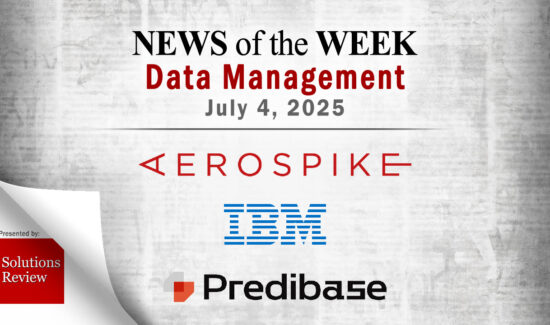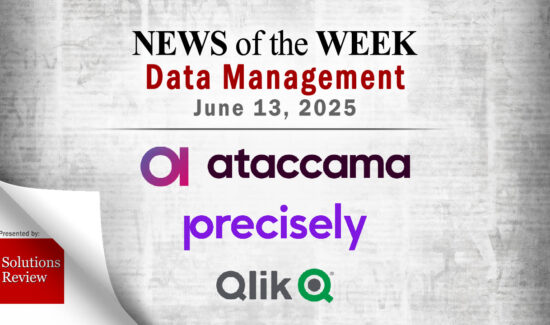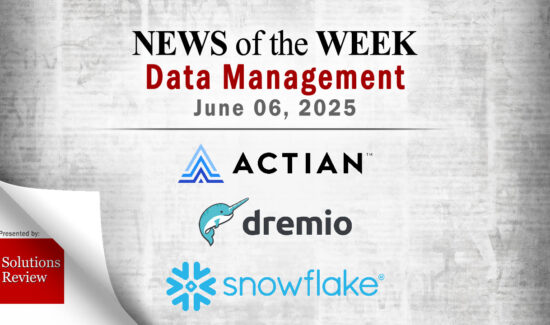Five Can’t-Miss Data Management Trends for 2020


Solutions Review has conducted a meta-analysis of the most common data management trends for 2020. Our editors have aggregated data from freely available data management trends and predictions lists on the web. This shortlist is a compilation of those findings.
Data management trends are pervasive in big data expert communities. Industry influencers, talking heads and vendor marketing representatives all have varying degrees of motivation for publishing their views on what technologies, use cases or best practices will mold the space in the future. In this way, it’s hard to trust any single author or organization, especially when utilizing these forward-thinking resources to put your organization in the best space to succeed.
This is why the editors of Solutions Review have compiled this data management trends report. We’ve analyzed freely available trends and predictions resources on the web to help you make sense of what’s coming in 2020 and beyond. Trends and predictions come from the top independent analyst houses, research firms, and industry experts. They are “can’t-miss” because they represent the five most-prevalent examples throughout all the data we sorted, and we expect these to be pervasive in the industry for 2020.
5. Data Catalogs
Data catalogs act as an end-user index for searching data sources and definitions that have been compiled through data discovery. Powered by automated machine learning that tags or scans data, the technology is commonly used to ensure improved self-service BI governance. Data catalogs are becoming increasingly popular for common data management initiatives like improving data quality and regulatory compliance as well.
4. Graph Database
A graph database is designed around the concept of a mathematical graph. Graph databases store data the same way as any other but let you see how data may be related without having to run a JOIN to understand the relationship. The structure enables them to map different types of relational and unstructured data as well. In this way, graph databases can offer a view of both simple and complex relationships between seemingly unrelated data. All these factors mean that graph database users can see links between data without having create a hypothesis about a data set before testing.
3. Augmented Data Management
Augmented data management takes advantage of machine learning and artificial intelligence to make important information management tasks “self-configuring and self-tuning.” Data quality and metadata management tasks are expected to get the most augmentation in the near term. Analyst house Gartner, Inc. predicts that through the end of 2022, data management tasks will be reduced by 45 percent through augmented data management. If augmentation in BI and analytics is any indication, these factors could see the development of a brand new enterprise software category in data management.
2. Hybrid and Multi-Cloud Data Management
Hybrid and multi-cloud data management will soon become the new norm. Adoption of cloud and hybrid cloud architectures continues to explode alongsisde the need for reliable and scalable data management. This investment in cloud data management technologies will extend to SaaS offerings as well, namely data and database as a Service products. The process of master data management may be most adaptable to the cloud right now, however. According to IDC, 90 percent of large organizations will be engaged in revenue generation from Data-as-a-Service in 2020.
1. Regulatory Compliance
On the heels of GDPR and the newly-enacted California Consumer Privacy Act, data governance will be an increasingly regulated (and important) aspect of data management moving forward. These compliance mandates are just the beginning, as an increasing number nations and US states consider their own data privacy frameworks. As a result, these regulations will continue to disrupt traditional marketing and data handling methods and force organizations to reconsider their practices. Companies will be watching this closely for the foreseeable future.




















